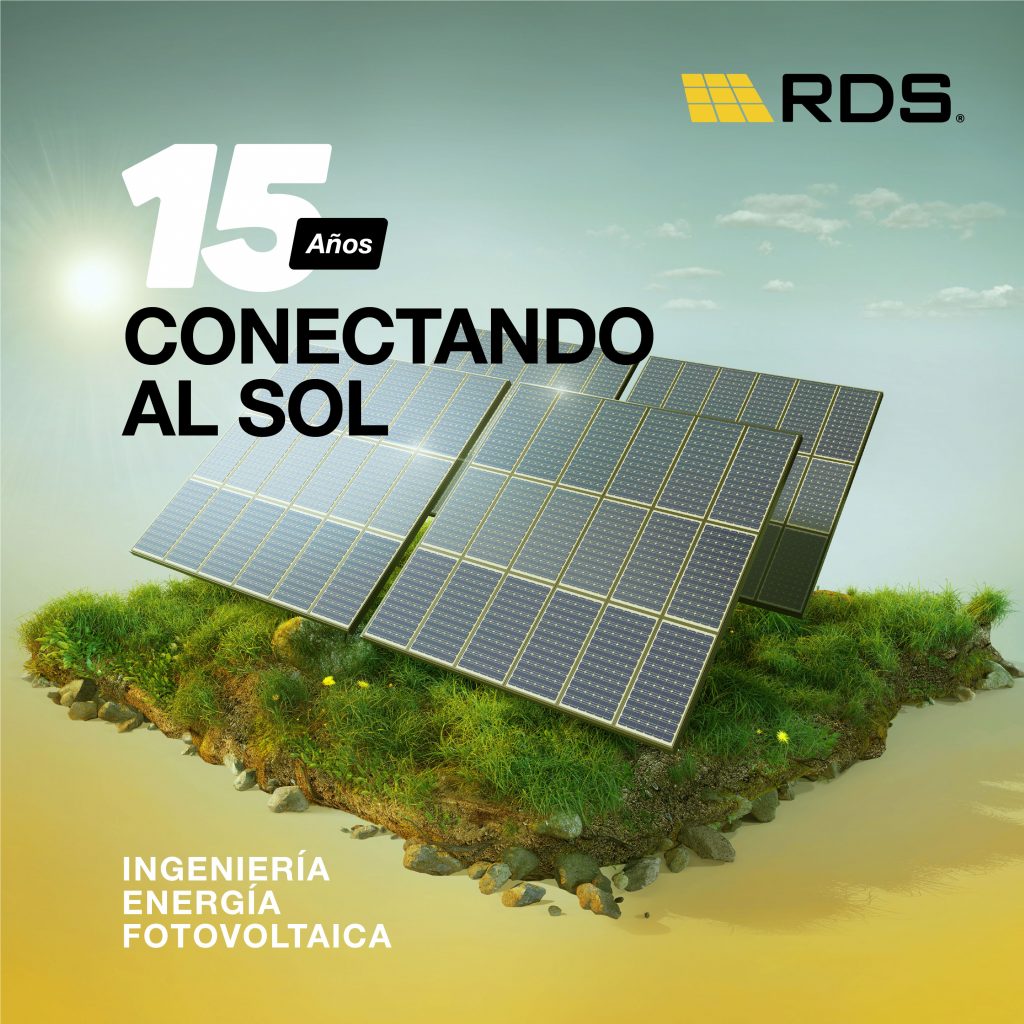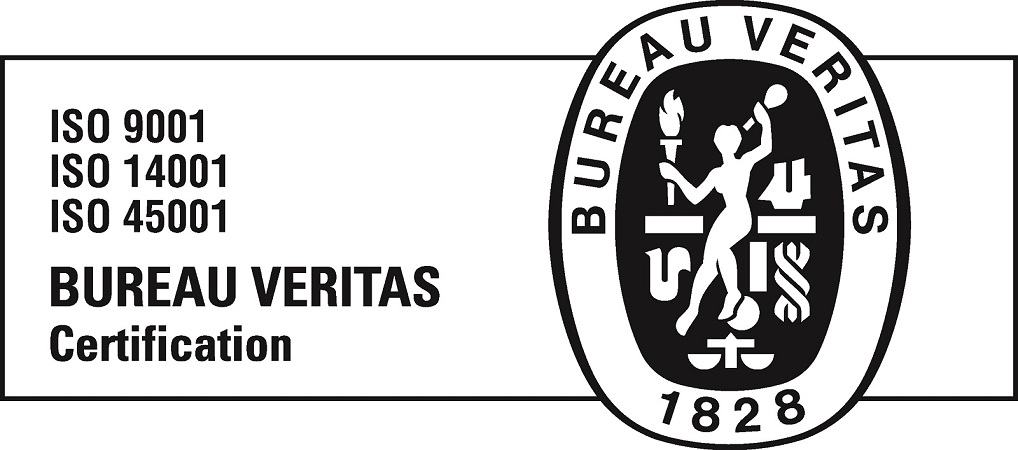
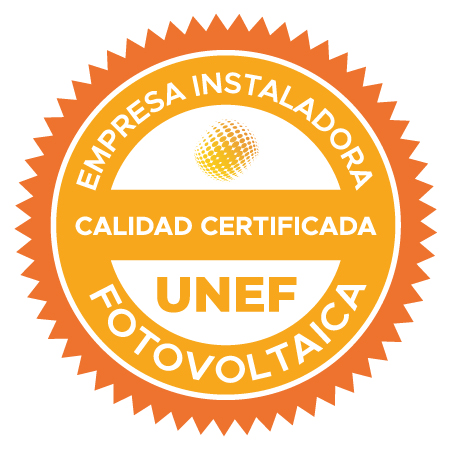
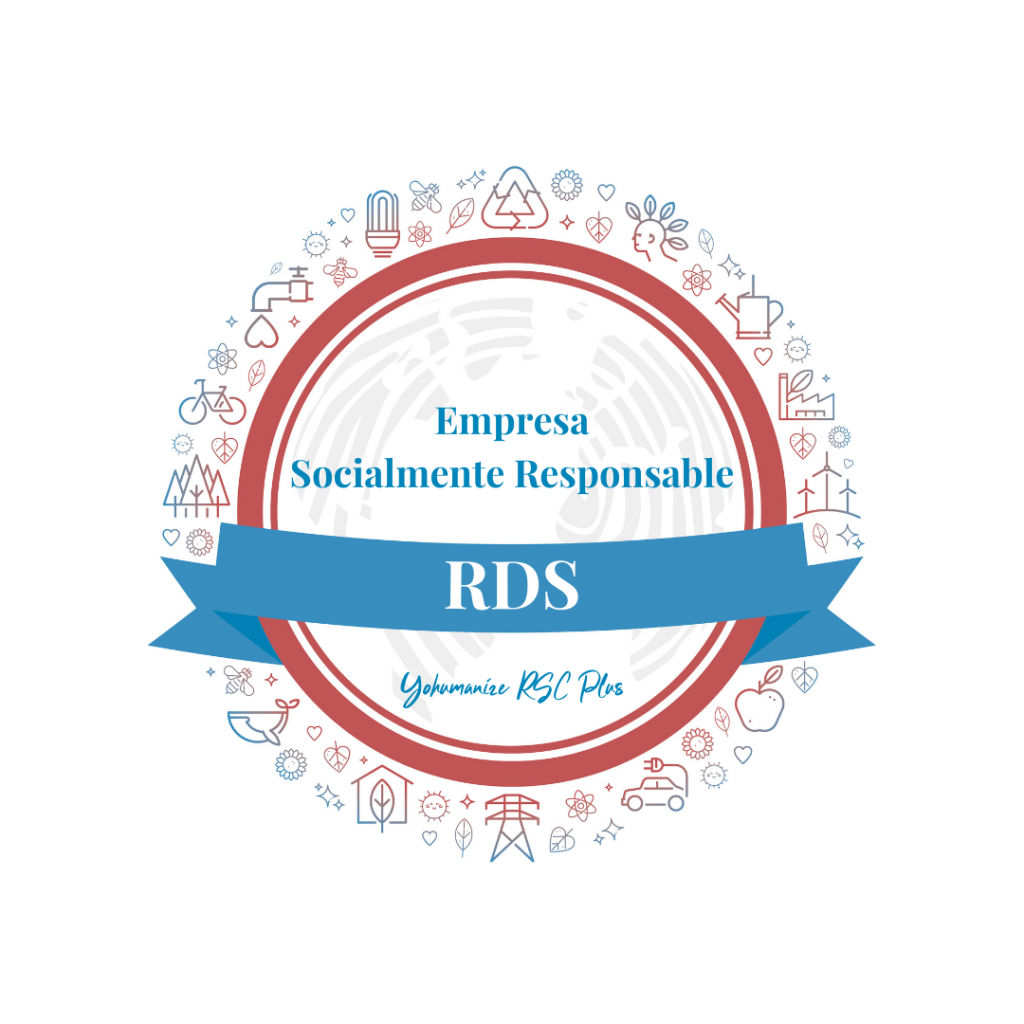
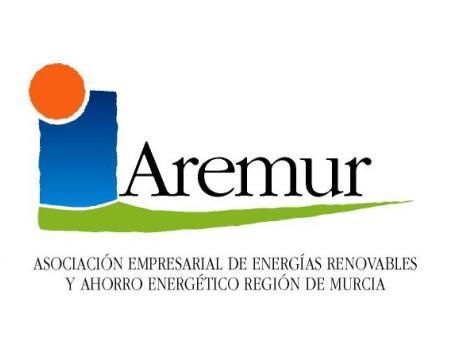
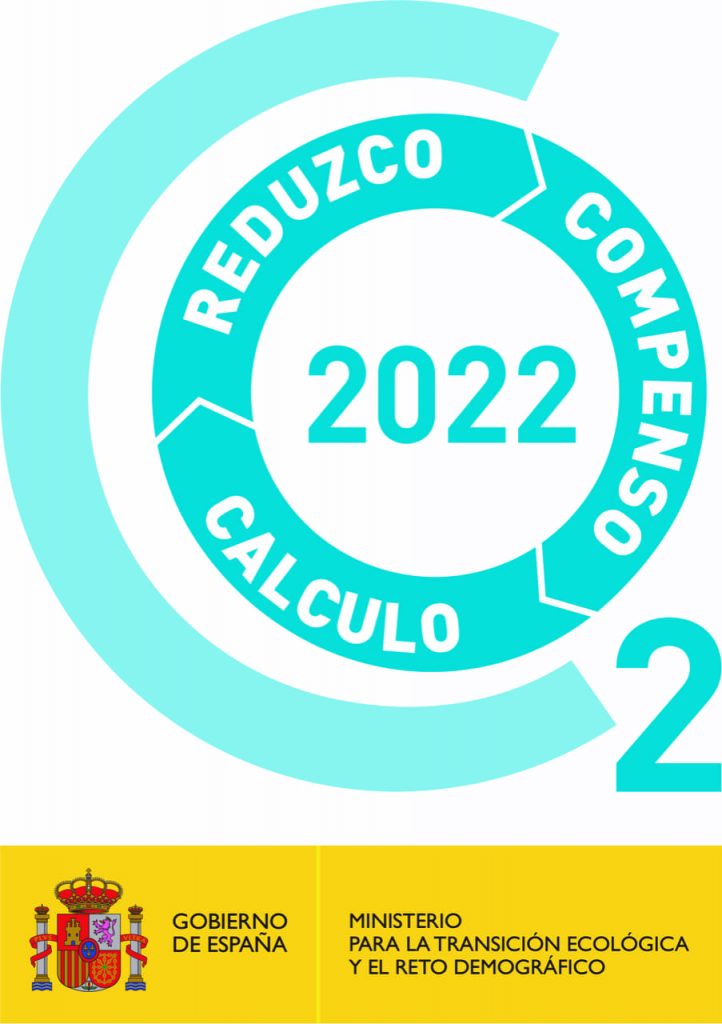
© 2023 RDS. All rights reserved. Designed and developed by delefant
Solar farms represent an attractive investment opportunity in the current renewable energy landscape. But, to ensure a favorable return on investment, it is crucial to understand the factors that influence your profitability. From startup costs to available subsidies and proper planning, this post will take an in-depth look at how to calculate and improve the profitability of solar farms. We will also explore the amount of energy they can generate and their long-term profitability. Join us on this journey towards a more sustainable and economically viable future with solar energy.
Table of Contents
ToggleThe profitability of solar farms is influenced by various factors that are important to take into account to guarantee a favorable return on investment. Among these factors are:
The investment costs for installing a solar farm include the acquisition of photovoltaic panels and equipment, as well as the costs associated with installation and connection to the electrical grid. These costs may vary depending on the scale of the project and the technologies used.
On the other hand, the sales prices of solar energy are also a determining factor in the profitability of the solar farm. These prices may be subject to specific regulations and contracts with energy distributors, so it is important to analyze both the sales rate and the negotiation conditions.
In Spain, there are different subsidy and financial aid programs aimed at promoting renewable energy, including solar energy. These subsidies can significantly reduce investment costs and improve the profitability of the solar farm. It is important to research and take advantage of grants available at the local, regional and national levels.
Proper project planning is essential to maximize the profitability of a solar farm. This involves conducting exhaustive technical and feasibility studies that evaluate the area’s solar potential, costs and benefits, as well as payback periods. It also involves the negotiation of long-term energy sales contracts that guarantee stable and significant income.
Calculating the profitability of a solar farm requires taking into account several factors. Among them are the investment costs, which include the purchase of solar panels and other components, installation and legal and administrative procedures. Energy sales prices must also be considered, which may vary depending on the market and contractual conditions. In addition, it is important to take into account the available subsidies, as they can influence the profitability of the project.
The amount of energy that a solar farm can generate depends on various factors, such as geographic location, the inclination and orientation of the solar panels, and weather conditions. In Spain, due to its high level of solar radiation, it is estimated that a solar garden can generate on average around 1,200 kWh per kWp per year. However, it is important to carry out a specific technical study to know the expected production in each specific case.
The payback time for a solar farm may vary depending on installation costs, income generated from the sale of electricity, and financing conditions. In general, it is estimated that the amortization period can range between 7 and 12 years. However, it is important to consider that this estimate may vary depending on the factors mentioned above and the specific conditions of each project.
Solar farms offer long-term profitability thanks to several factors. On the one hand, solar energy is a renewable and inexhaustible source, which guarantees continuity in the generation of electricity. In addition, energy sales contracts usually have a duration of several years, which provides stability in income. As time progresses, investment costs tend to decrease, which contributes to increasing the profitability of the solar farm in the long term. Likewise, it is important to consider that technological advances and policies to support renewable energy can positively influence the profitability of the project as time goes by.
Solar farms are presented as a promising investment in the transition towards a more sustainable and profitable future. Throughout this post, we have explored the key elements that affect your profitability, from investment costs to available subsidies and careful project planning. We have learned how to calculate profitability, how much energy they can generate and how long it takes to get a return on investment.
We know that solar energy may seem complex, but at RDS we are here to help and advise you on everything you need. If you are interested in talking to us as a solar panel installer for your next solar energy project, contact us for guidance and personalized information that our own in-house experts will recommend.
